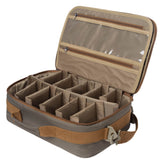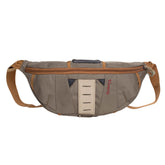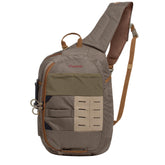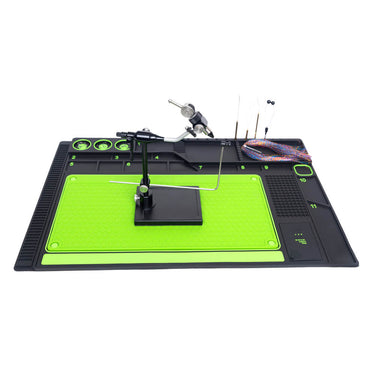Steelhead: The Art of Fly Fishing
Fly fishing for steelhead is a thrilling and challenging pursuit that combines skill, patience, and knowledge of the fish's behavior. Steelhead, the anadromous form of rainbow trout (Oncorhynchus mykiss), migrate from the ocean into freshwater rivers to spawn, offering anglers a unique opportunity to target them with fly fishing techniques.
Key Aspects of Steelhead Fly Fishing:
1. Understanding Steelhead Behavior
Migration Timing: Steelhead enter rivers at different times depending on the region (summer vs. winter runs).
Holding Water: They often rest in deep pools, seams, and tailouts with moderate current.
Mood & Aggression: Unlike salmon, steelhead may strike out of curiosity or territoriality rather than hunger.
2. Fly Fishing Gear for Steelhead
Rods: 7-9 wt. rods (9-10 ft. for single-handed, 11-13 ft. for spey/swing fishing).
Reels: Large-arbor reels with smooth drag systems to handle powerful runs.
Lines: Floating lines for nymphing, sink-tip/intermediate lines for swinging flies.
Leaders & Tippet: 9-12 ft. leaders (0X-3X fluorocarbon for abrasion resistance).
3. Effective Fly Patterns
Swinging Flies: Intruders, leeches, and classic patterns like the Skagit Minnow or Purple Peril.
Nymphing: Egg patterns (Glo-Bugs), stonefly nymphs, and Bead-Head Princes.
Dry Flies (Rare): Occasionally, summer steelhead may rise to skated flies like the Goddard Caddis.
4. Techniques for Success
Swinging Flies: Traditional Spey or Skagit casting across current, allowing the fly to "swing" downriver.
Nymphing: Euro-style or indicator nymphing in deeper pools.
Dead-Drifting: Presenting flies naturally with the current (especially egg patterns).
Mending & Line Control: Keeping a drag-free drift is crucial.
5. Prime Locations for Steelhead
Pacific Northwest: Columbia River tributaries, Deschutes, Rogue, and Olympic Peninsula rivers.
Great Lakes Tributaries: Michigan’s Manistee, New York’s Salmon River.
British Columbia: Skeena, Bulkley, and Dean Rivers (legendary for large steelhead).
6. Conservation & Ethics
Catch & Release: Many steelhead populations are threatened; use barbless hooks.
Respect Spawning Fish: Avoid wading through redds (spawning beds).
Follow Regulations: Check local fishing rules (hatchery vs. wild fish restrictions).
Final Tips:
Steelhead are called the "fish of a thousand casts" for a reason—persistence pays off.
Focus on water temperature (ideal: 40-55°F) and flow conditions.
Hire a guide if new to steelheading—they’ll shorten the learning curve.
Would you like recommendations for specific rivers, flies, or advanced techniques? Tight lines! 🎣















